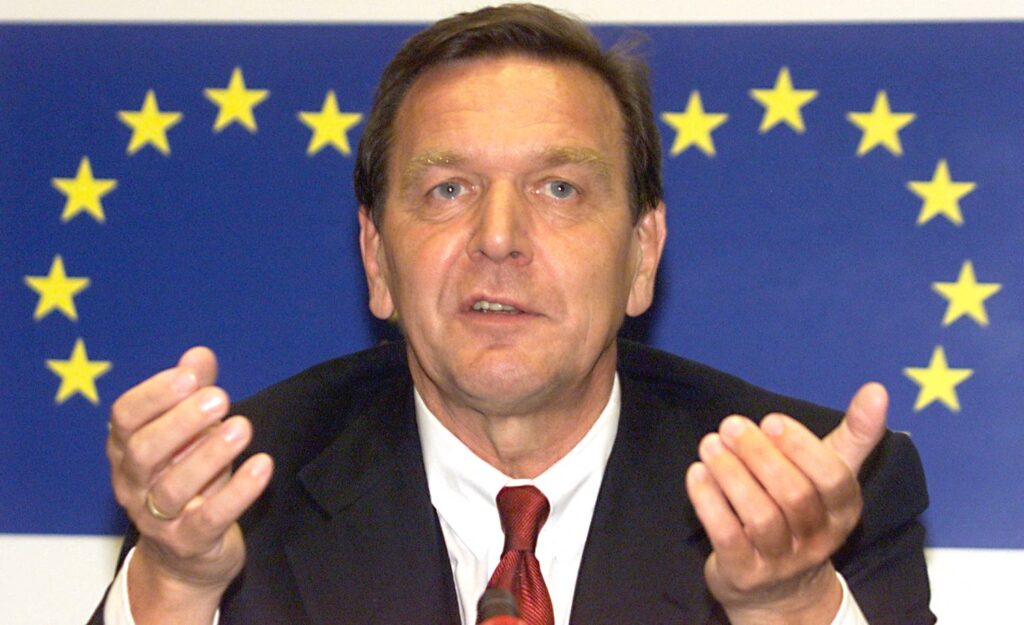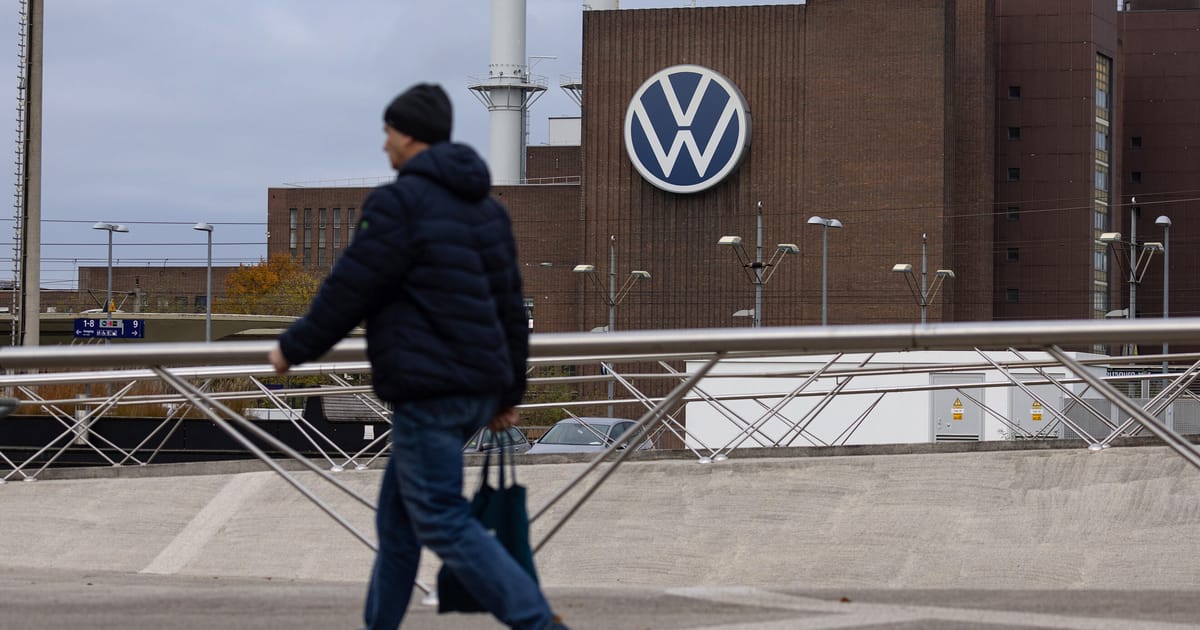At the start of the year, the number of people out of work rose by a seasonally adjusted 11,000 to 2.88 million, or 6.2 percent of the workforce. The jobless rate is now at its highest level in more than four years, only just below where it peaked during the pandemic, and is clearly headed in the wrong direction. Klaus Wohlrabe, Ifo’s head of surveys, said he expects the jobless rolls to hit the psychologically important 3-million mark by the middle of the year.
That headline number is still well below the dark days of the early 2000s, when German industry relocated much of its supply chain to central Europe, looking to exploit the far lower labor costs there. That exodus took unemployment to over 5 million, before Schröder’s reforms turned the tide.
Due to various factors, however, the number of unemployed doesn’t reflect the full extent of the slump. Greater recourse to early retirement schemes, state subsidies for shortened working hours, and a collapse in new vacancies all suggest things are worse than the official numbers attest.
 The labor market reforms of ex-Chancellor Gerhard Schröder are creaking ever more loudly. | Damien Meyer/AFP via Getty Images
The labor market reforms of ex-Chancellor Gerhard Schröder are creaking ever more loudly. | Damien Meyer/AFP via Getty Images
Take the country’s famous Kurzarbeit scheme — a social insurance program that allows employers to reduce staff working hours instead of cutting jobs outright by giving employees temporary compensation. According to preliminary estimates by the Federal Labor Agency, 293,000 employees received benefits under that scheme in November, 30,000 more than in the previous month and up by two-thirds from a year earlier.
Kurzarbeit is designed to help companies through the hard part of the economic cycle, easing problems that are expected to be temporary. After the collapse of Germany’s “traffic light” government last year, the SPD and Green coalition extended the period during which companies can draw on Kurzarbeit from one year to two years.
But much of what has hit Germany in the last few years is structural rather than temporary: the loss of cheap energy supplies, and broader and more aggressive competition from China, especially in the crucial automotive sector.
